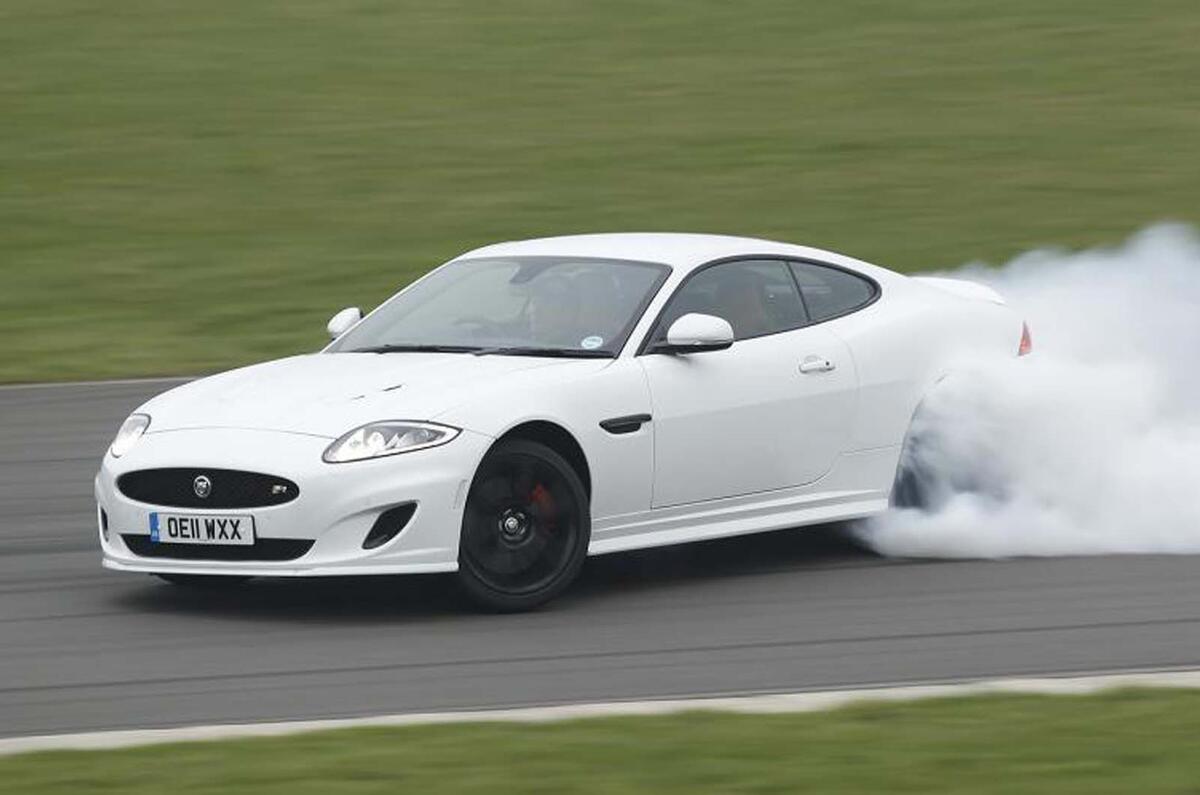That’s an opportunity missed, since sales volumes of these cars are so small that no single new model is likely to justify a big investment all on its own.
Still, while adapting an already adapted architecture that, at least in part, has been in service since 2005 may not sound ideal, an inherited all-aluminium monocoque needn’t necessarily be a handicap for the XK. It’ll depend how thoroughly – and cleverly – Jaguar can update it.
The firm could certainly do with a platform that might save a few kilos for the car, given the likely move away from V8 to in-line four-and six-cylinder engines for the bigger-selling XK derivatives. The last XK’s engines certainly supplied a lot of mechanical richness and authentic sporting character – something the current F-Type’s V6s also do well. I suspect making the new Ingenium powerplants just as enticingly sonorous and expressive will be a key challenge for the XK’s engineering team.
I don’t doubt that Jaguar’s design team will relish the chance to make a more classically elegant coupé than the more rakish and aggressive F-Type, mind you. Jaguar design boss Ian Callum certainly has the right CV for the job.








Add your comment